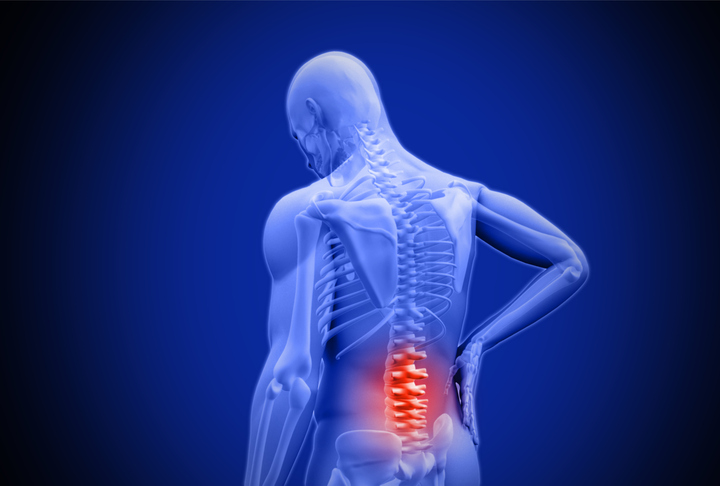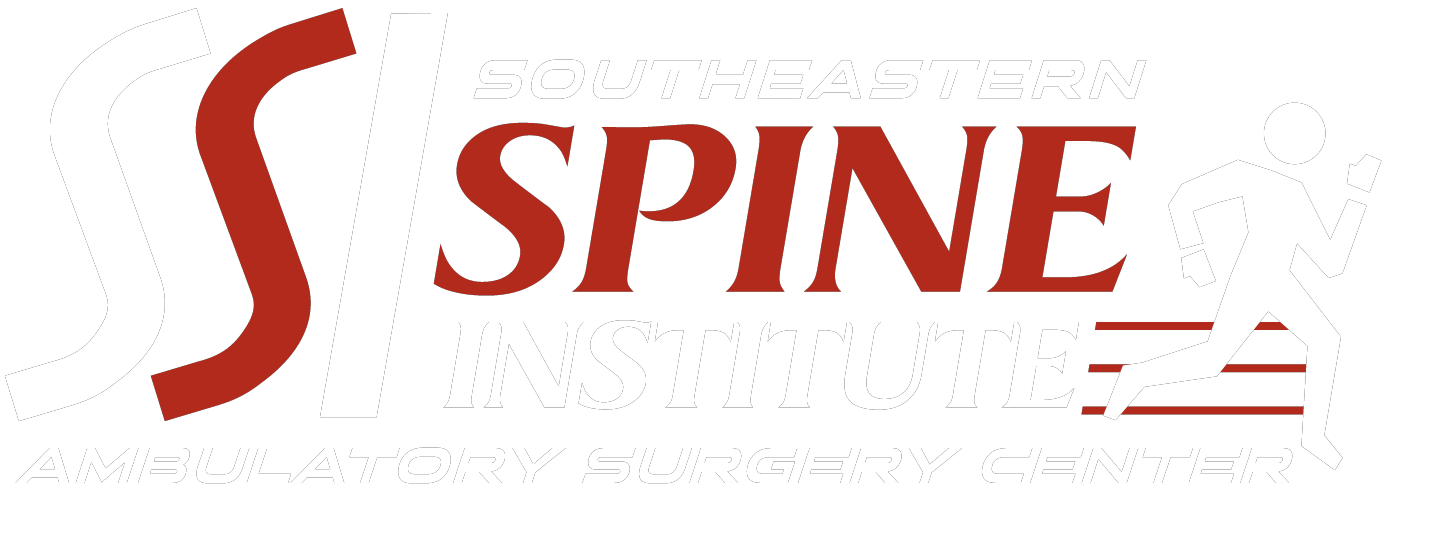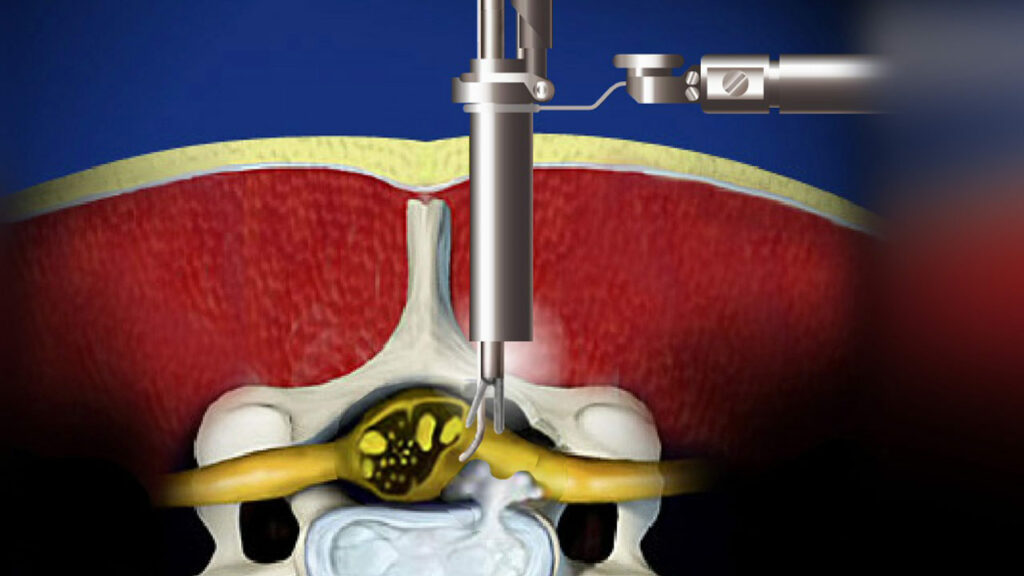Lower Back Pain

Overview
Lower back pain is one of the most common medical complaints worldwide and a leading cause of disability. It affects the lumbar region of the spine, which supports much of the weight of the upper body. Lower back pain can range from a dull, constant ache to a sudden, sharp sensation that leaves the person incapacitated. It can begin suddenly as a result of an accident or by lifting something heavy, or it can develop over time due to age-related changes in the spine.
Symptoms
Common symptoms of a lower back pain include:
- Dull, aching pain in the lower back
- Stabbing or shooting pain that can radiate down the leg
- Muscle tightness or spasms in the low back, pelvis, and hips
- Pain that worsens with bending, lifting, standing or walking
- Pain that improves with reclining
- Limited flexibility or range of motion of the back
- Difficulty standing straight
Causes
A lower back pain can be caused by:
- Muscle or ligament strain from repeated heavy lifting or sudden awkward movements
- Bulging or ruptured discs that press on nerves
- Arthritis and other degenerative conditions of the spine
- Skeletal irregularities such as scoliosis
- Osteoporosis, which can lead to compression fractures
- Poor posture and ergonomics
- Obesity and excess weight
- Sedentary lifestyle
- Psychological stress
Diagnosis
Diagnosing the cause of lower back pain begins with a thorough medical history and physical examination. Your doctor will ask about the onset, nature, and severity of your pain, as well as factors that worsen or relieve it. A physical exam will assess your range of motion, posture, and physical condition, while checking for nerve involvement. Imaging tests are often unnecessary for initial diagnosis but may be ordered if symptoms persist or if there are red flags suggesting serious underlying conditions.
Diagnostic Methods
- Medical history and physical examination
- Assessment of pain location, intensity, and triggers
- Neurological examination to check reflexes and muscle strength
- X-rays to identify bone problems
- MRI or CT scans to reveal soft tissue issues
- Electromyography (EMG) to test nerve and muscle function
- Bone scans to detect bone abnormalities
Treatment Options
At Southeastern Spine Institute, we offer comprehensive treatment plans tailored to your specific condition and needs.

Conservative
Most lower back pain resolves with self-care measures. These include short periods of rest, activity modification, over-the-counter pain relievers like NSAIDs, and the application of heat or ice. Maintaining regular physical activity, practicing good posture, and learning proper body mechanics are essential for recovery and prevention. Gentle stretching and strengthening exercises, particularly those that support core muscles, can help manage symptoms and prevent recurrence.

Non-surgical Procedures
For persistent lower back pain, physical therapy is often recommended to improve strength, flexibility, and posture. A physical therapist can design a customized exercise program and teach proper body mechanics. Pain management techniques may include prescription medications, muscle relaxants, or epidural steroid injections that deliver anti-inflammatory medication directly to the area around the spinal nerves. Alternative therapies such as massage, acupuncture, and chiropractic care may also provide relief for some patients.

Surgery
Surgery is rarely needed for lower back pain and is typically considered only when conservative treatments have failed and there is a clear anatomical cause that can be corrected surgically. Procedures may include discectomy (removal of a herniated portion of a disc), laminectomy (removal of bone spurs or ligaments pressing on nerves), spinal fusion (joining two vertebrae to eliminate painful motion), or artificial disc replacement. The specific procedure depends on the underlying cause of the pain.
Frequently Asked Questions
When should I see a doctor for lower back pain?You should see a doctor if your back pain is severe and doesn't improve with rest, extends down one or both legs (especially if it goes below the knee), causes weakness, numbness or tingling in one or both legs, is accompanied by unexplained weight loss, or occurs with swelling or redness on your back. Also seek immediate care if your back pain follows a fall or injury, or if it's accompanied by bowel or bladder problems.
How can I prevent lower back pain?Regular exercise, maintaining a healthy weight, and proper lifting techniques are key to preventing lower back pain. Strengthen your core muscles, practice good posture, and ensure your work environment is ergonomically sound. When lifting, bend at the knees and keep the object close to your body. Avoid smoking, which can contribute to disc degeneration, and manage stress, which can cause muscle tension.
Is bed rest recommended for lower back pain?Contrary to past beliefs, prolonged bed rest is not recommended for lower back pain. While a day or two of rest may help during an acute episode, staying active within your pain limits is generally better for recovery. Gentle activities like walking and daily activities modified to avoid pain can help maintain strength and flexibility. Your doctor or physical therapist can recommend specific exercises appropriate for your condition.
Can stress cause lower back pain?Yes, stress can contribute to lower back pain. When you're stressed, your body produces hormones that increase muscle tension and can amplify existing pain. Stress may also lead to behaviors that worsen back pain, such as poor sleep, reduced physical activity, or unhealthy eating habits. Stress-reduction techniques like deep breathing, meditation, and yoga may help manage both stress and back pain.
Don't Let Spine Pain Control Your Life
Our team of spine specialists at Southeastern Spine Institute is dedicated to helping you find relief and return to the activities you love.

